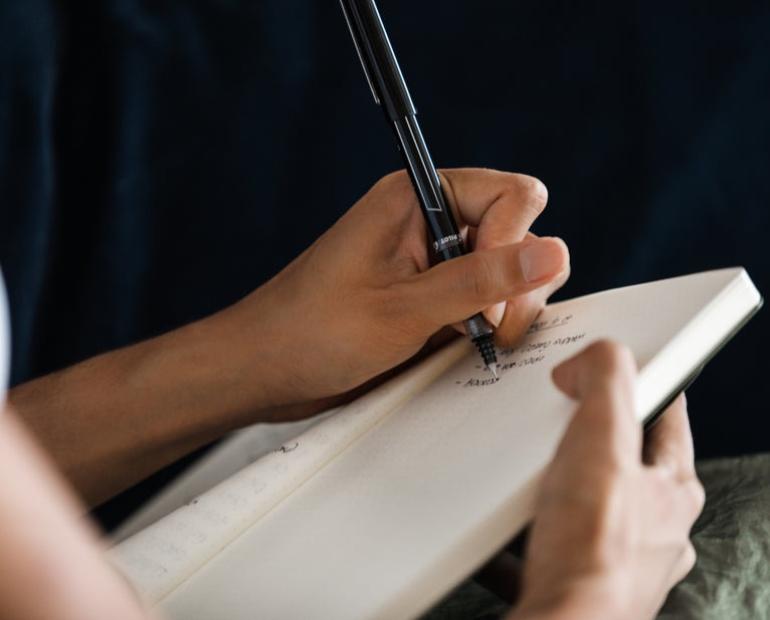
In our media-saturated world, there’s quite a lot of emphasis placed on appearances. Especially among young people, physical appearance is of paramount importance in terms of socialization and being accepted. A 2012 study found that college-age individuals even prioritize appearance over health, often counting calories instead of ensuring their nutritional needs are met.
For modern youth around the world, the act of excessively focusing on how one looks, dresses, and presents themselves can become a troubling obsession. There’s even a name for the most severe cases: Body dysmorphic disorder (BDD), in which an individual is plagued by “persistent and intrusive preoccupations with an imagined or slight defect in one's appearance,” according to the Anxiety & Depression Association of America. Approximately 2% of the general population has some form of BDD, and it’s most prevalent in adolescents. Interestingly, BDD affects males and females in equal measure.
While the bulk of global citizens experience bouts of low self-esteem or have the occasional hang-up about their appearance, BDD takes it a step further. Severe emotional distress, social isolation, and the inability to focus on what really matters in life are just a few of the possible symptoms of BDD.
Digital technology is only serving to complicate the issue of body dysmorphia, like the photo filters and such that can change or mask one’s outward appearance. But technology can also help those young people with BDD, in the form of body positivity campaigns on social media and similar endeavors. Here’s what you need to know about BDD, how it can disrupt all aspects of your life, and what you (as well as parents and other adults) can do about it.
The Psychology of Body Image
For starters, it’s important to understand how media and self-esteem are inherently connected. In fact, media exposure is one of the primary factors that can alter your view of yourself, for better or worse. Everything from your favorite shows to advertisements and various online content is likely to influence how you present yourself. You may choose to emulate the hairstyle of a famous actress, for example, or wear the same clothing brands to boost your self-esteem.
But the influence of media and society as a whole can also be detrimental to one’s self-perception. The signs of negative body image effectively mirror many of the potential symptoms of body dysmorphia, and they can impact every aspect of your life. When living with BDD, you may find that your negative feelings about your body and/or appearance leak into every aspect of your life. Poor self-esteem, whether associated with BDD or not, can even lead to dangerous behaviors that further compromise your health and wellbeing.
Recognizing Potential Signs of BDD
Yet those who are unhappy with their physical appearance aren’t always easy to spot. As with eating disorders, cutting, and other forms of self-harm, those with BDD may do their best to hide their condition. And under social distancing mandates, where we may only see certain friends and peers through the lens of a webcam, the condition is even easier to mask. You may not even notice that your friend, classmate, or child is living with BDD if your primary form of interaction is via online platforms.
Yet the numbers are striking, indicative of a large-scale problem — Radio Canada International reports that, beginning as early as 13 years of age, the majority of young women actively change their appearance before uploading photos on social media. The ubiquity of photo filters and retouching on online platforms only serves to perpetuate the unrealistic beauty standards that are rampant across modern media.
As such, we’re also seeing a rise in what is known as Zoom dysmorphia, wherein video calls serve as a source of mental strain due to one’s perceived physical flaws. Research indicates that “the increased use of Zoom and other video conferencing platforms can exacerbate BDD,” since those individuals can spend hours focusing on their appearance and their perceptions of how others might see them. It’s much easier to focus on a particular aspect of your body or appearance if your image is constantly in the corner of your screen.
Fighting Back Against Poor Body Image
It may sound like a simple fix, but accepting yourself exactly as you are, flaws and all, is the first step to breaking free from BDD and negative self-image. Very few of us can achieve the false beauty standards plastered across the internet, but we’re all beautiful in our own ways. You can begin the process of shedding your negative thoughts by focusing on your positive traits.
You may even be able to make small changes, such as giving your wardrobe an overhaul or starting an exercise regimen, that can boost your self-esteem over the long term. It’s also possible to overcome the negative thoughts associated with BDD by harnessing your inner creativity. Whether your creative outlet is drawing, writing poetry, planting a garden, or some other healthy activity, creativity can do wonders for your mental health.
Fighting back against poor body image and BDD takes all of us. You can do your part by actively stopping yourself from obsessing about a perceived flaw, and avoid comparing yourself to others, especially celebrities and online personalities. Finally, don’t be afraid to ask for help if the thoughts associated with negative body image are keeping you from enjoying life.






